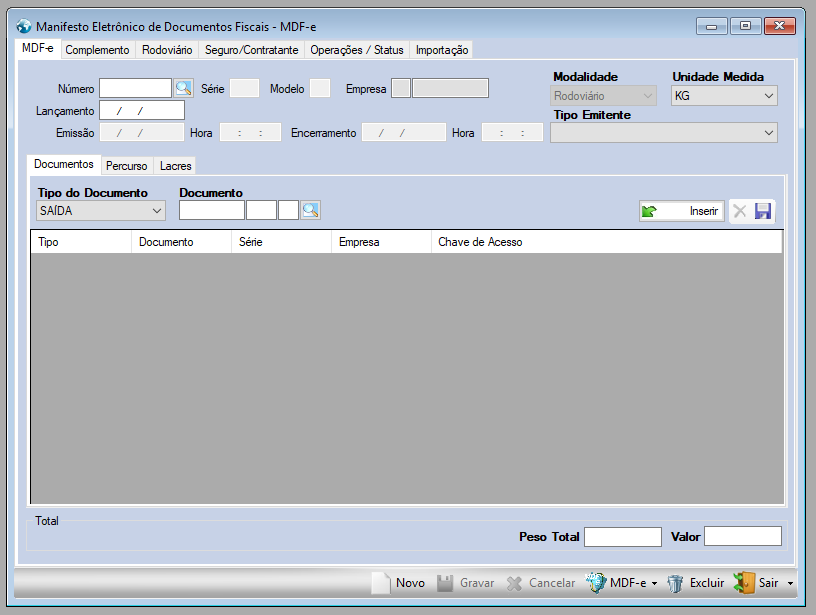Insolvency is a state in which a debtor is a legal entity, corporation or collective, in which his debts exceed his earnings, so it is not possible to meet financial commitments.The situation is decreed when debts that are past due exceed the debtor’s income and assets, making it impossible to have a settlement of debts. In the case of individual insolvency, it is called civil insolvency.
Insolvency vs. bankruptcy
Insolvency and bankruptcy are terms that are often used interchangeably. In fact, the 2004 Insolvency Law (DL 53/2004) started to consider the two concepts compatible. Still, in the legal field, there is a distinction between the situation of insolvency and bankruptcy, as follows:
- Insolvency is a state in which the person or company is unable to repeatedly fulfill its obligations;
- Bankruptcy is a state in which the debtor is responsible for more debt than the amount of assets he owns.
How is insolvency declared?
To define a company’s insolvency, two criteria can be considered: cash flow or balance sheet.
The cash flow criterion is the main one used to determine a debtor’s insolvency situation. It analyzes future receivables and cash flow to determine whether the situation is a state of insolvency.
The balance sheet criterion includes the debtor’s assets, such as real estate, vehicles, income and cash flow. The sum of all assets together with the cash flow will determine whether the debtor is in a situation of insolvency. If the situation is determined, the case of Technical Bankruptcy is declared.
Insolvency proceedings
The classification can be requested by both the debtor and the creditor. The judicial process determines how the liquidity of the debts will occur. It can occur through the sale of the debtor’s assets and the distribution of amounts among creditors.
A second possibility occurs through an insolvency plan, similar to a financial judicial reorganization plan. In this case, the debtor is presented with a payment plan that includes the settlement of debts with all creditors without interference with assets and assets.
Insolvent mass
The insolvent estate consists of the agglomeration of all debts to be paid by the debtor. In cases of sale of assets for liquidity of liabilities, the debtor will receive the remaining difference from the sale and settlement of debts with creditors.
The insolvency process generates administration costs, fees of the manager of the process and the costs of carrying out the tasks and liquidity of assets, court fees, etc. These costs must also be settled with the insolvency process by the debtor, respecting the way in which the payment of debts was agreed.
<!–
–>
